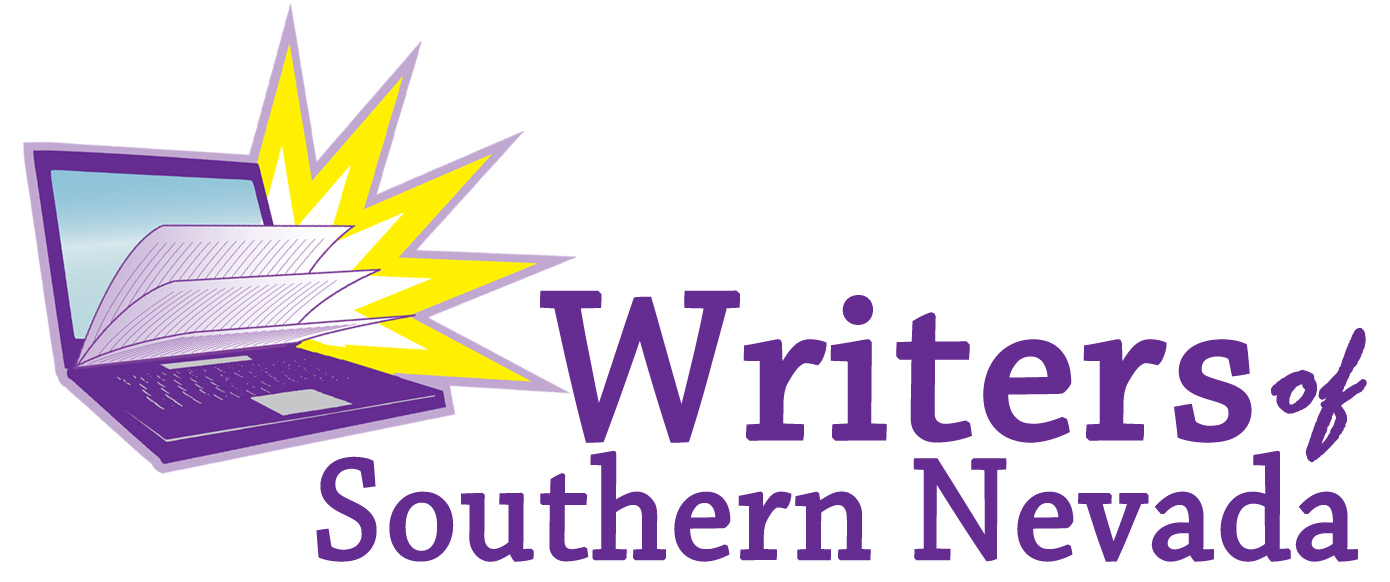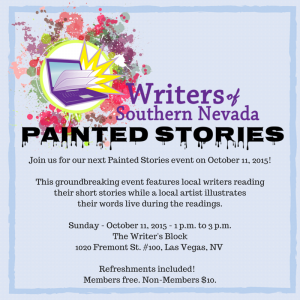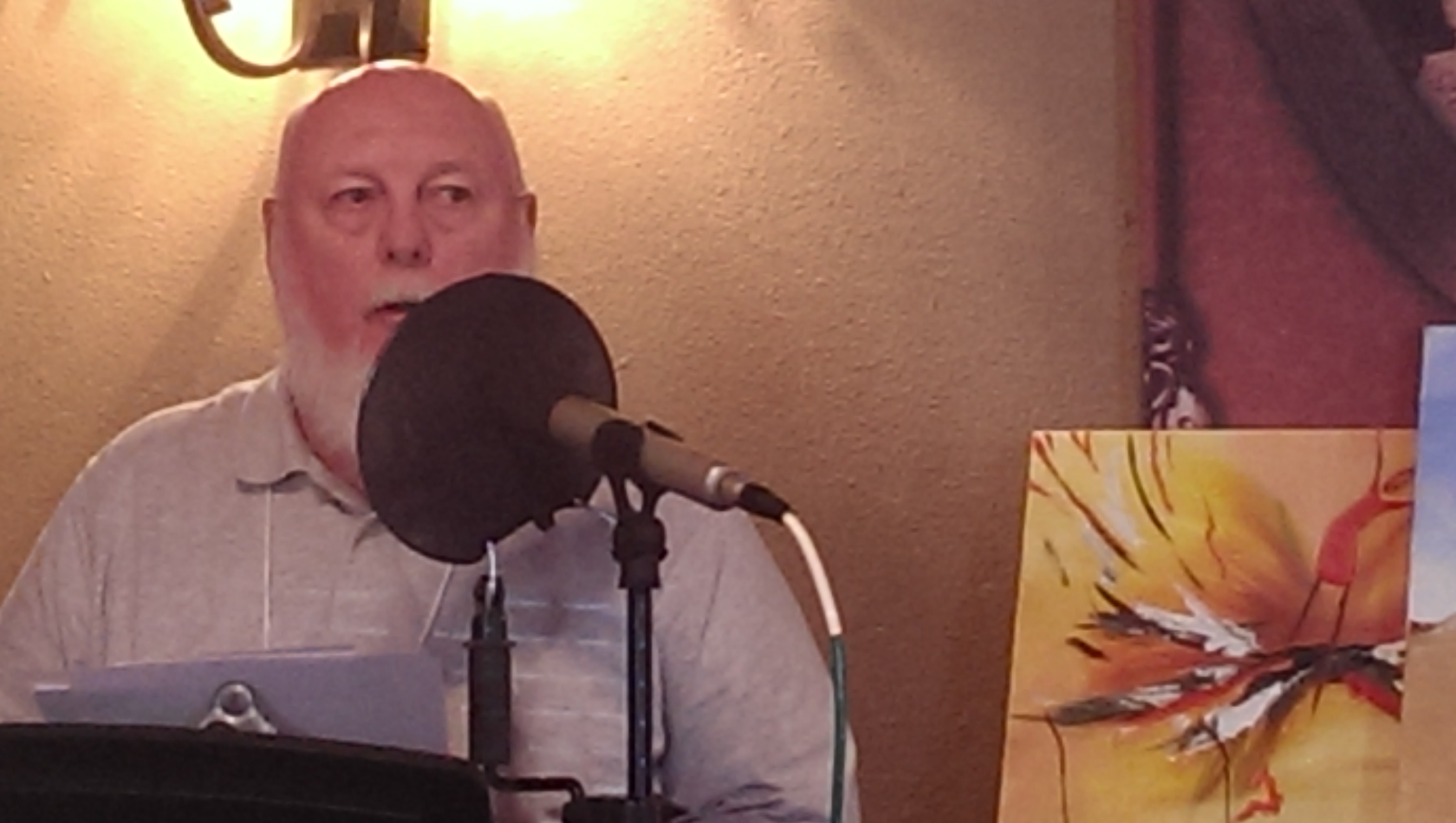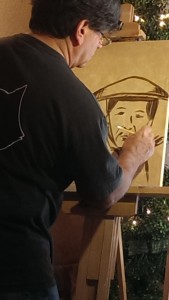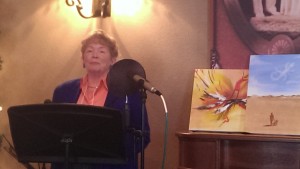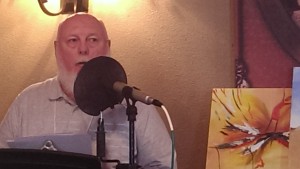by Morgan St. James
www.morganstjames-author.com
This advice goes beyond the world of writing. Having spent five years as the co-owner of a marketing and promotion company, I constantly told our clients how important presentation materials are. They represent you and your product and trigger the image the buyer forms from the “get-go.”
Whether you are promoting a widget or a book, whatever you hand or show a potential client (reader) is your calling card. It speaks for the quality of the item you want them to buy. Too many authors are tempted to go the cheap and easy route. In the end, the cost is not that different than investing in high-quality materials.
What the materials communicate
Would you be inspired to buy something represented by handouts that look like the product was produced by “Loving Hands At Home” or “Gowns by Mama.” By the way, I didn’t coin those phrases. I owe a thank-you to Carol LeVeque who was my partner in an interior design business many years ago. That was the label she applied to poorly designed interiors, color boards and brochures, and I’ve used those two examples ever since.
Your book may be beautifully produced, but if you hand out bookmarks on flimsy stock that appear to have been printed on a home printer ready for the junk pile, that is how the quality of your book will be perceived. The same goes for “do-it-yourself” business cards and one-sheets. They are not going to impress the person you hand them to. Unfortunately, they do just the opposite. One time I’d run out of business cards and was participating in a book fair. An author with no cards? Unthinkable. I ordered 250 from a well-known online company because I could literally get them overnight.
The cards arrived just in time, and they were AWFUL. So bad, in fact, that after handing out about 20 and apologizing for each one, I threw away the rest. I really didn’t want anyone having a card with that poor quality in their possession, if they kept it at all. The next day, I placed a rush order with my regular printer. It is okay to print a quick flyer on the home printer. That is expected, particularly for one-time events. But, even then, make sure the layout looks professional. Use easily readable, attractive fonts and balance the copy and sizes.
Looking solid and professional
When I was involved in the marketing and promotion company, one of our specialties was making small companies look larger and more professional. We had bigger clients like Hollywood Park Racetrack and Tony Roma’s, but the ones we really helped were the smaller guys trying to look solid. As an author, if you are not with a big publisher who might provide all of these materials to you, you are like those small companies.
It may stretch the budget, but with careful research you will find printers who produce wonderful 2-sided gloss finish business cards for as little as $25 to $50 for 1,000. Always ask to see a sample, however. An order of 1,000 cards gives you plenty to hand out to everyone and anyone who will take the proffered card. The same goes for bookmarks. When you hand someone a beautiful gloss bookmark on heavy stock, you can be proud to give them out. Unlike matte finish bookmarks printed on flimsy stock with poor color quality and layout, the beautiful bookmark practically screams, “Hey, I’m a book you should check out!” Include the ISBN numbers, website, a few blurbs, bookcover image and one of yourself. With a bookmark like that it is easy to spot a stranger reading a book and say, “Here, take this. Every reader should have a good bookmark.” That often starts a conversation and might result in the stranger buying your book.
A one-sheet is a promotional sheet that has your photo, an image of your book or books, a short bio and other blatant self-promotion devices like blurbs from readers or people in the industry, how to buy the book, other credits like awards or media links–all information that fits on an 81/2x11 sheet in a readable, compelling manner. Be sure to allow white space in the layout. In other words, don’t cram everything together so that the end result is a badly cluttered sheet. Allowing white space is an old advertising device. It helps to showcase the material. Slick brochure paper is the best, because the photos jump off the page. That’s something that doesn’t happen with a matte finish.
The author needs several things in their promotional kit—and they all should be ready to send out or give out at a moment’s notice. Update the one-sheet as necessary, and include it when you send out review copies.
A friend of mine known as the Super Shopper was a TV personality for several years. When my son was starting his speaking business, he proudly showed her the media kit he self-produced. Her first comment was, “Whether you can afford it or not, spend the money on professionally printed presentation folders. Print both the inside and outside.” She continued to offer the benefit of her experience, and said, “My first reaction to this is that you did it on the cheap. You’re trying to book speeches that guide people to being successful. Successful people have professional looking materials.” He did what she suggested, and his bookings increased radically.
Your presentation materials represent you and your product. This definitely applies to authors with a book to promote. Whatever you present, whether it is the book itself, the materials to compel people to buy it, or your own personal presentation, make sure everything is first-class.
Morgan St. James is the author of Writers Tricks of the Trade: 39 Things You Need to Know About the ABCs of Writing Fiction, due for release later this year.
Writers Tricks Of The Trade includes the book, blog, eZine and Blog Talk Radio show. For More Information: http://writerstricksofthetrade.blogspot.com
 Greg Blake Miller is an award-winning writer, editor and teacher. From 2010-2014, he served as editor at Vegas Seven magazine, helping lead the publication to 95 state and regional awards. Miller, who was named Nevada’s Outstanding Journalist in 2011, has also earned national honors for his humor and feature writing at OC Family. Miller, a former staff writer for Russia’s Moscow Times, earned his doctorate in international communication at the University of Oregon and his master’s degree in creative writing at the University of Southern California, where he won the prestigious Moses Fiction Prize. He has taught writing, literature and media studies at the University of Oregon and the University of Nevada, Las Vegas, and works with a broad range of individual and organizational clients as director of Olympian Creative Education. He is the author of the story collection Decemberlands and a producer for the Beethoven | Hero documentary film trilogy.
Greg Blake Miller is an award-winning writer, editor and teacher. From 2010-2014, he served as editor at Vegas Seven magazine, helping lead the publication to 95 state and regional awards. Miller, who was named Nevada’s Outstanding Journalist in 2011, has also earned national honors for his humor and feature writing at OC Family. Miller, a former staff writer for Russia’s Moscow Times, earned his doctorate in international communication at the University of Oregon and his master’s degree in creative writing at the University of Southern California, where he won the prestigious Moses Fiction Prize. He has taught writing, literature and media studies at the University of Oregon and the University of Nevada, Las Vegas, and works with a broad range of individual and organizational clients as director of Olympian Creative Education. He is the author of the story collection Decemberlands and a producer for the Beethoven | Hero documentary film trilogy. Author, speaker, and blogger, Paul W. Papa is an American storyteller who has lived in Las Vegas for more than 25 years. He started his writing career as a security officer for the historic Sands Hotel & Casino where he developed a love for writing true stories about uncommon events. Paul specializes in historical non-fiction and is a nationally published author and regular contributor to +55 magazine. It is Paul’s belief that everyone has a story to tell and he is constantly searching for ways to bring those stories to life. [UPDATE: Paul resigned from the board in May 2017]
Author, speaker, and blogger, Paul W. Papa is an American storyteller who has lived in Las Vegas for more than 25 years. He started his writing career as a security officer for the historic Sands Hotel & Casino where he developed a love for writing true stories about uncommon events. Paul specializes in historical non-fiction and is a nationally published author and regular contributor to +55 magazine. It is Paul’s belief that everyone has a story to tell and he is constantly searching for ways to bring those stories to life. [UPDATE: Paul resigned from the board in May 2017]